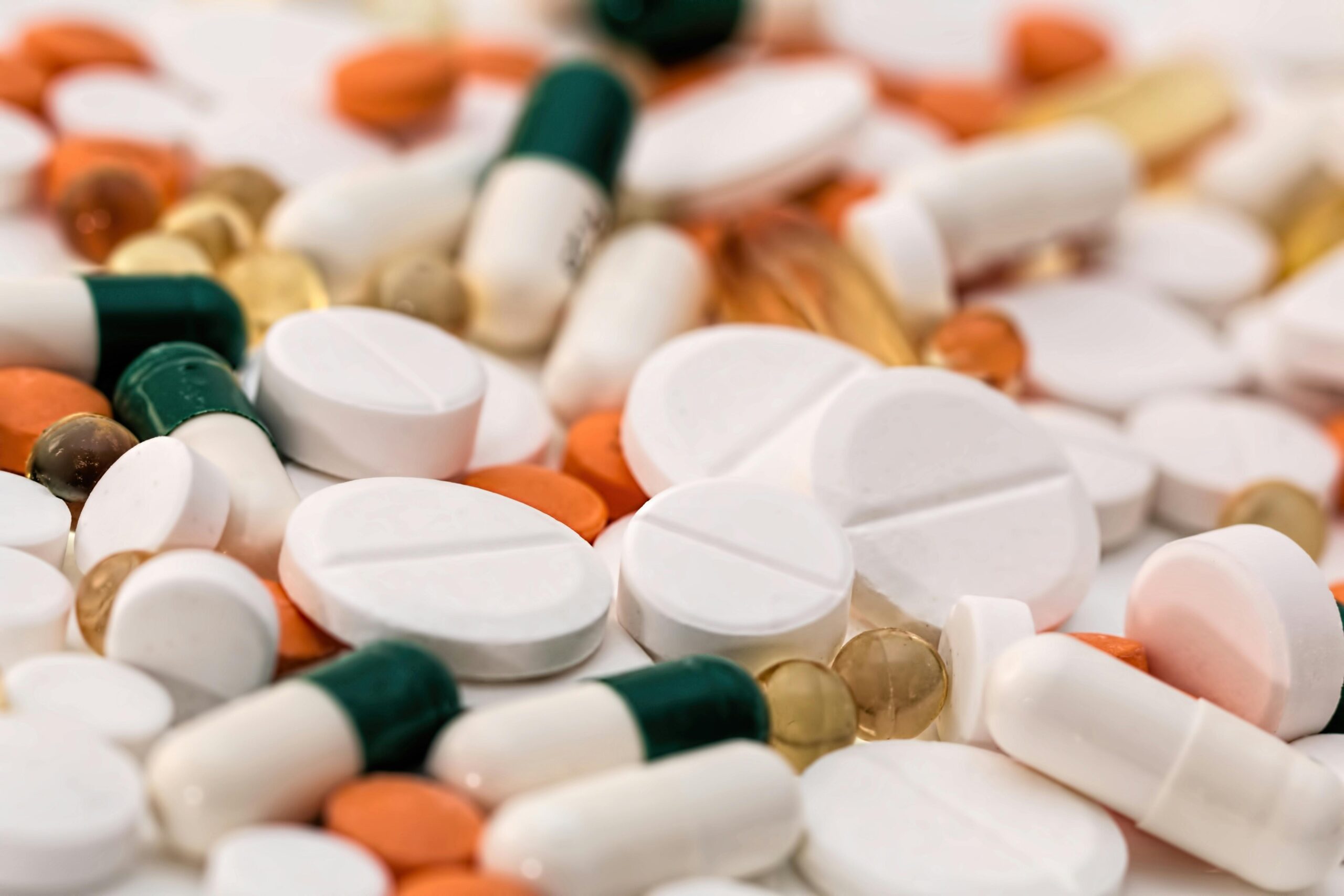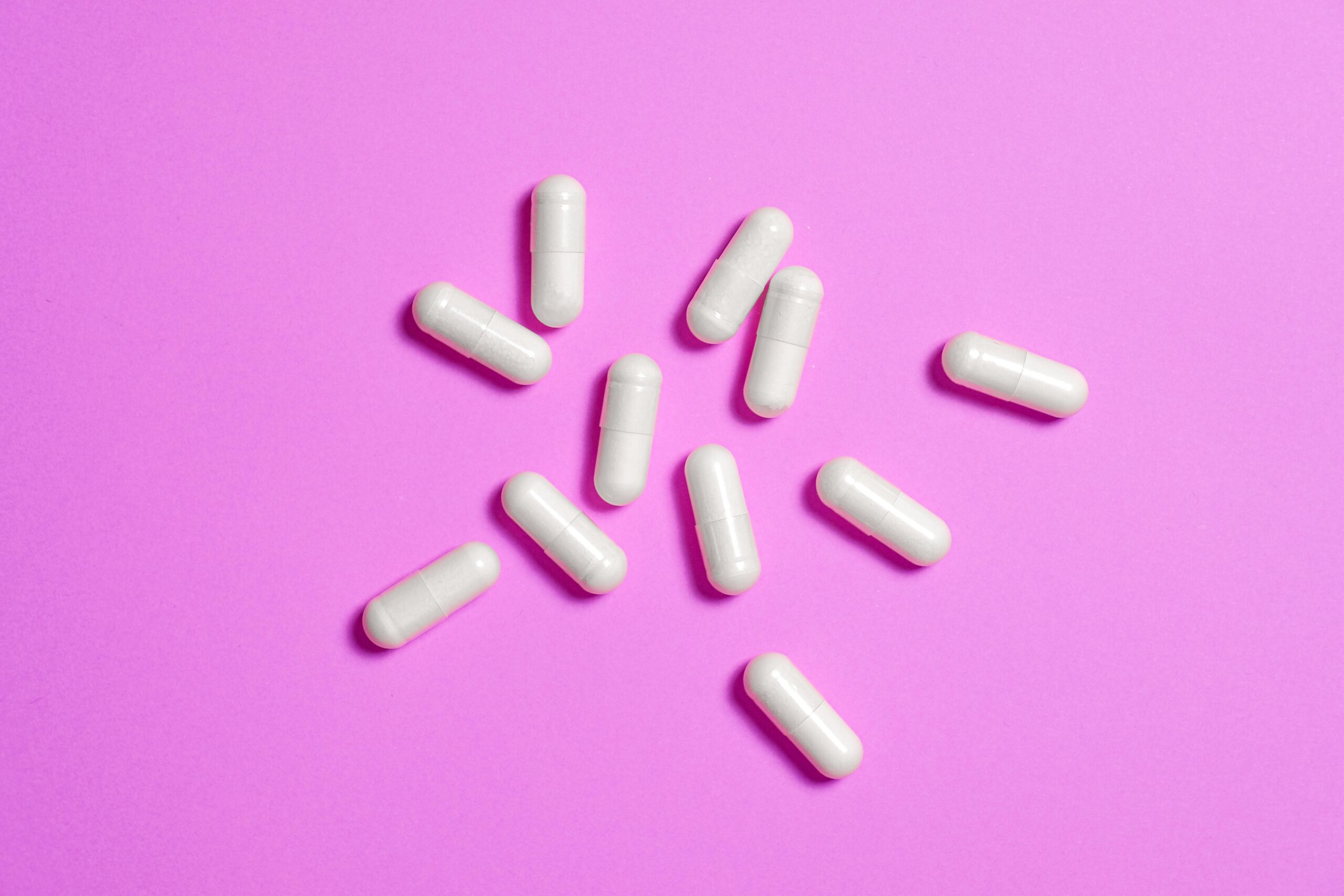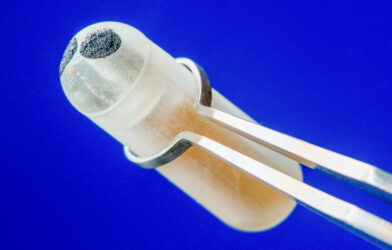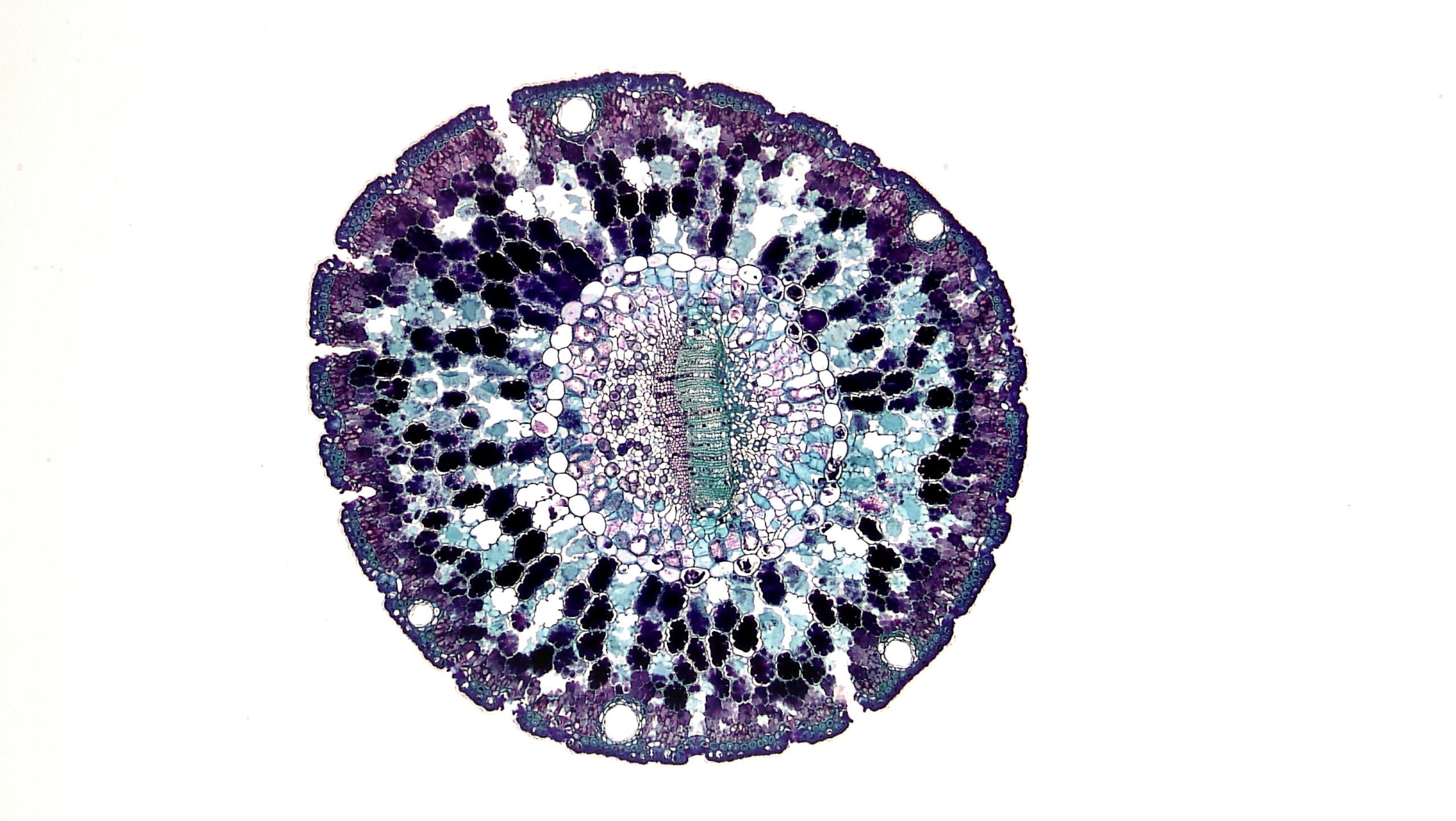Bismuth subsalicylate – it’s the active ingredient in that thick, bubblegum-pink liquid called Pepto-Bismol. You can probably hear the jingle in your head – “nausea, heartburn, indigestion, upset stomach, diarrhea.” Although Pepto-Bismol has been soothing gastrointestinal (GI) tracts for more than a hundred years, it’s only now that scientists have visualized the molecular structure of the substance.
“We were surprised to realize that there was a lack of understanding of its structure at a molecular level,” says Ken Inge, researcher at the Department of Materials and Environmental Chemistry (MMK) at Stockholm University, in a statement. “Understanding the structures of pharmaceutical compounds is vital for predicting their properties.”
Bismuth may have important roles in various pharmaceutical formulations with effects and functions in the body other than the GI tracts. “An interesting aspect of bismuth compounds is that recent studies have shown that they can reverse antibiotic resistance in bacteria, which is a very pressing topic in society today. The chemistry of bismuth and its compounds is still not that well understood, and so we are interested in investigating the molecular make-up of these materials,” says Inge.
Scientists turned to advanced transmission electron microscopy in order to investigate the structure at a molecular level. This also allowed them to take pictures of the molecules.
“By using the advanced microscopes at Stockholm University, it is possible to obtain images with atomic resolution, which was a key part of understanding the molecular packing within the bismuth subsalicylate crystals,” says Tom Willhammar, a Stockholm researcher. “Characterization of bismuth subsalicylate by traditional methods, such as X-ray diffraction, was not enough to reveal the molecular packing due to its tendency to form only very small crystals. We also found out that the packing contains intrinsic defects.”
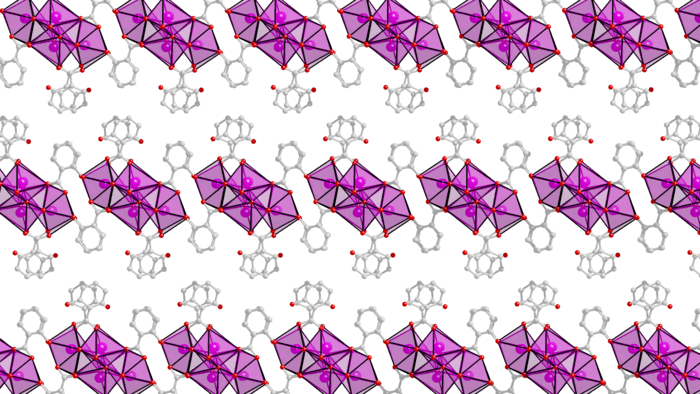
(Credit: Mathias Nero)
The results highlight the possibility of using modern methods to acquire insight into other well-known, long-used pharmaceutical compounds.
“These modern electron crystallography techniques provide a toolbox for structure determination of active pharmaceutical ingredients and drug discovery,” says Erik Svensson Grape, a doctoral student at the school.
The investigations have inspired the scientists to search for additional applications for bismuth.
“It has made all of us very excited. Through these investigations we have been inspired to study and develop novel materials for a large range of applications even beyond pharmaceuticals, such as the sequestration of pollutants,” says Svensson Grape.

